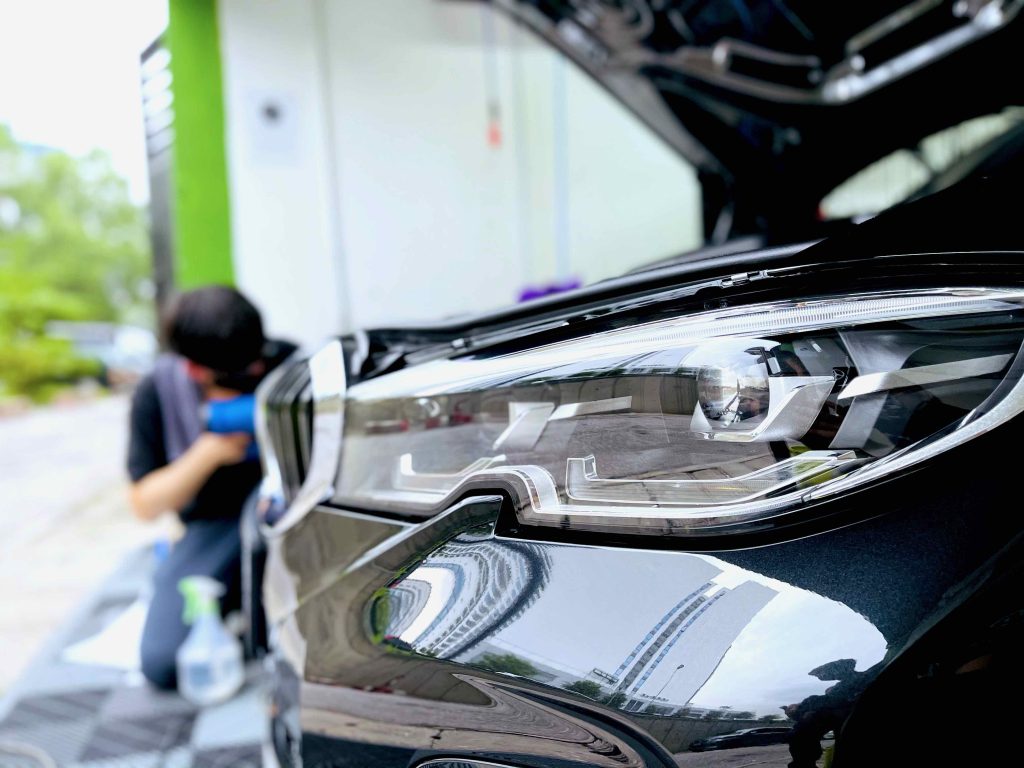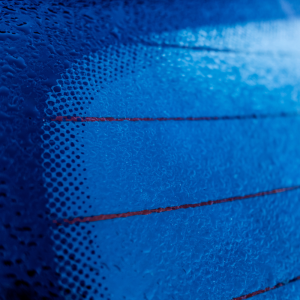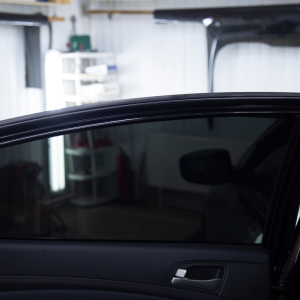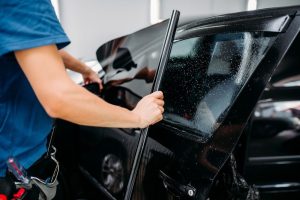Paint protection film can extend the life of a flawless paint job, but it come at an additional cost during the assembly operation. Is that really worth it? you might ask.
In this simple pros/cons list, we’ve listed all of the benefits and drawbacks of paint protection film to help you evaluate your options:

1. It’s Invisible
Even though you’re covering the vehicle’s paint, a thin, transparent layer of paint protection film (PPF) is almost invisible. Without even being overly thick, modern films can provide lengthy and durable protection.
2. Customizable For Your Needs
With die-cut anti-chipping films, you can simply target specific vehicle areas or wrap entire body panels, depending on needs.
3. Hydrophobic Properties
Paint protection film for cars is hydrophobic. As a result, liquids and toxins will condense and runoff (like a waxed hood). When paint protective film repels dirt, mud, oils, smudges, and streaks, it’s easier to maintain its brilliant lustre.
4. Extends Service Life of Vehicle
Years of wear and tear depreciate a vehicle’s mechanical properties, as well as its appearance and shine. Debris, rocks, sand, and other impacts that produce chips, scratches, and abrasions are effectively repelled by paint protection films, protecting the vehicle’s appearance. Some films are even self-healing.





